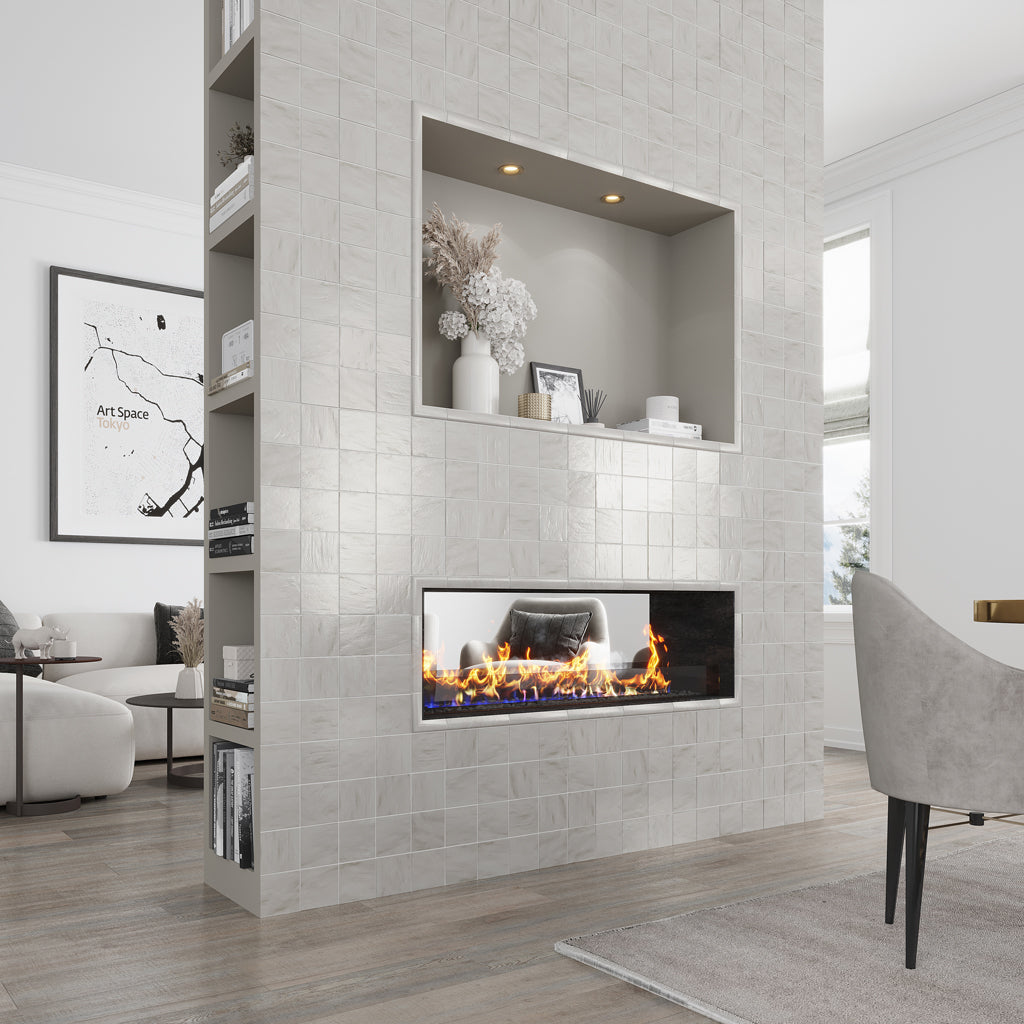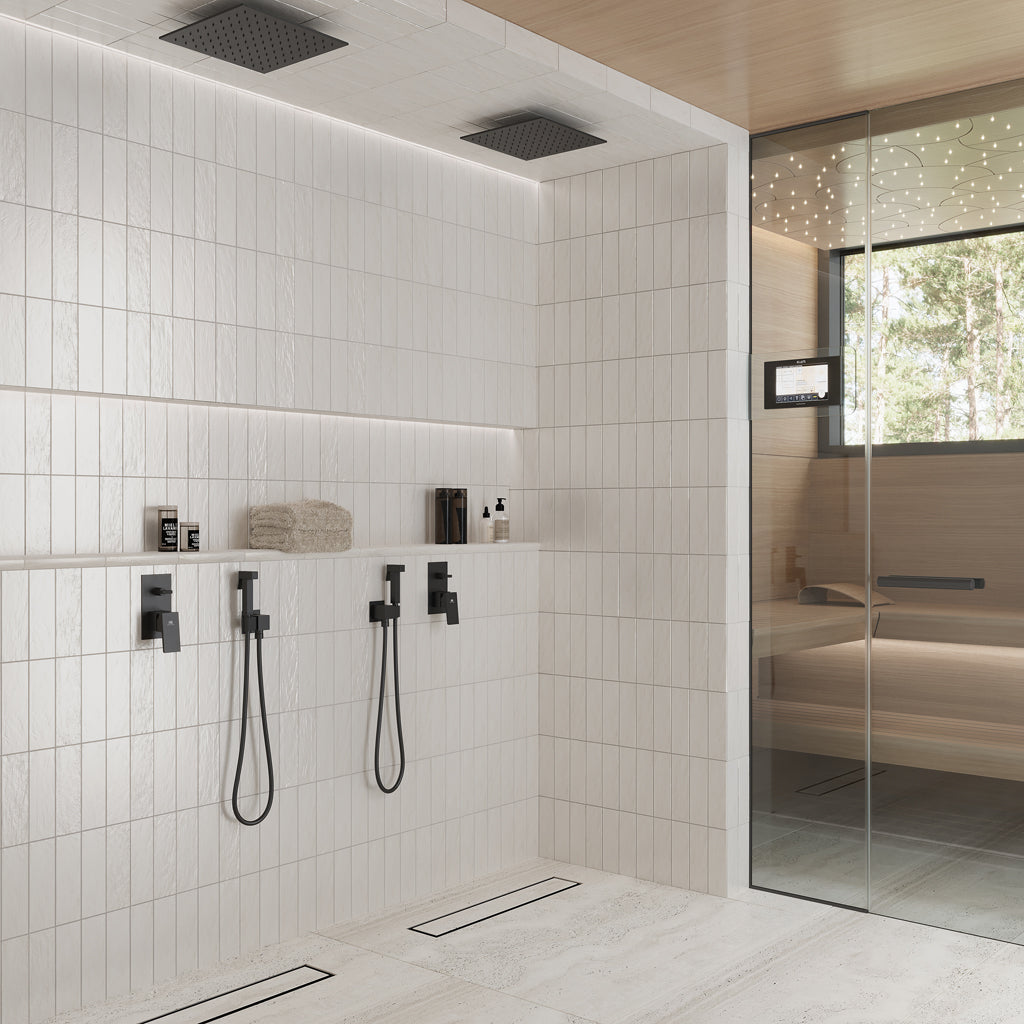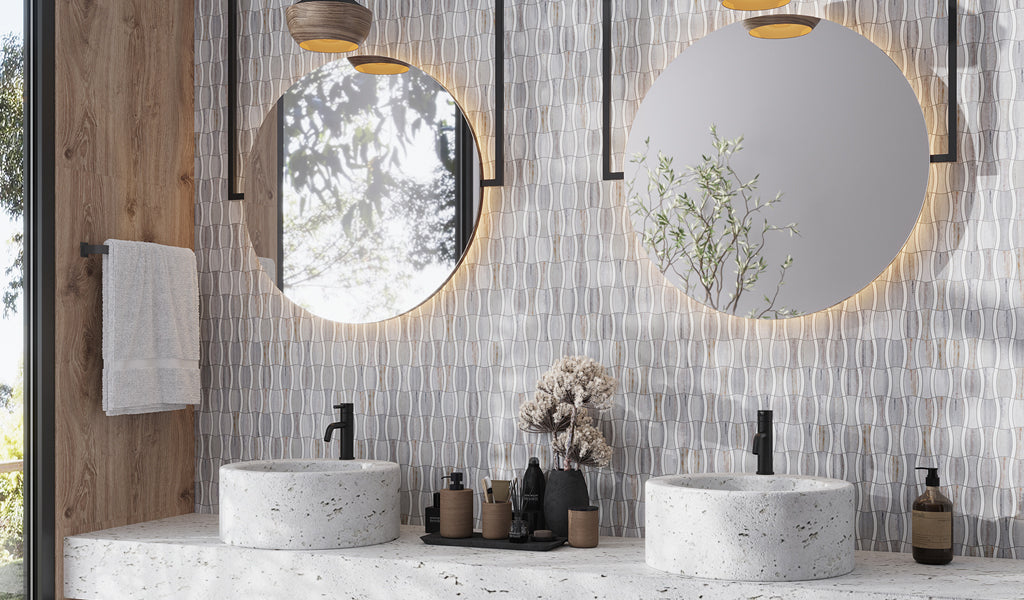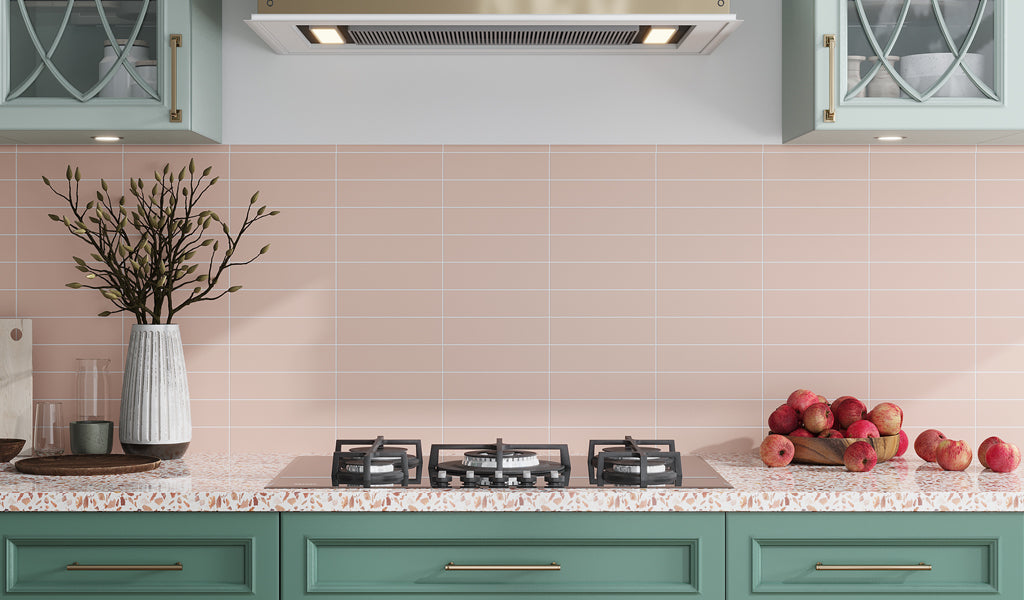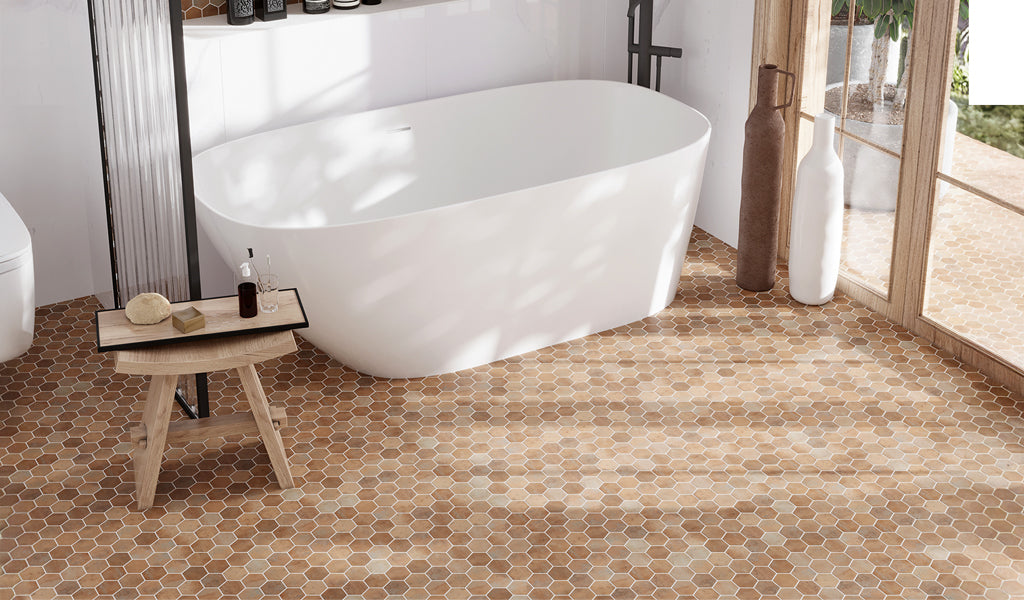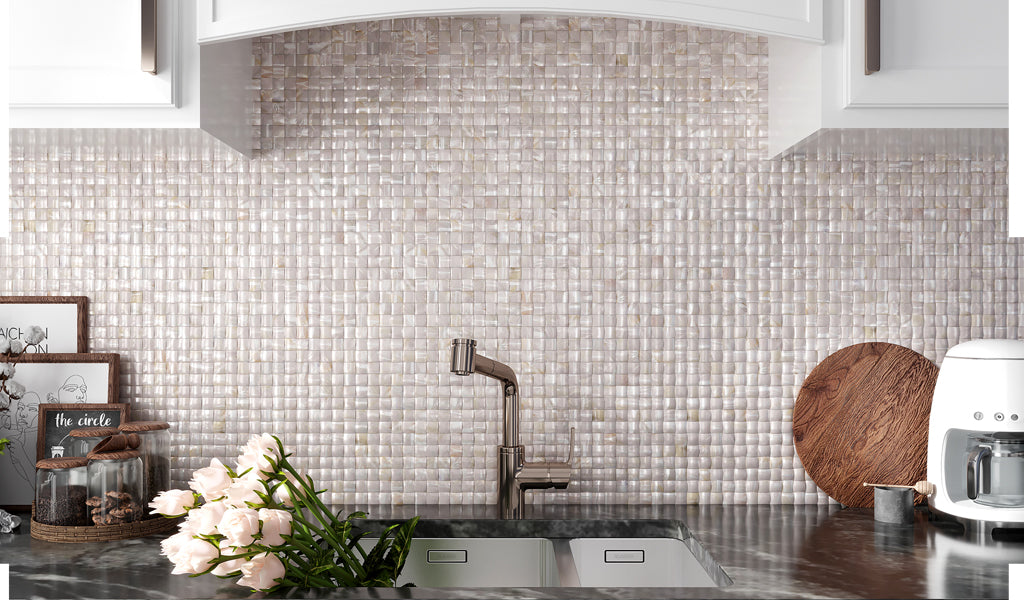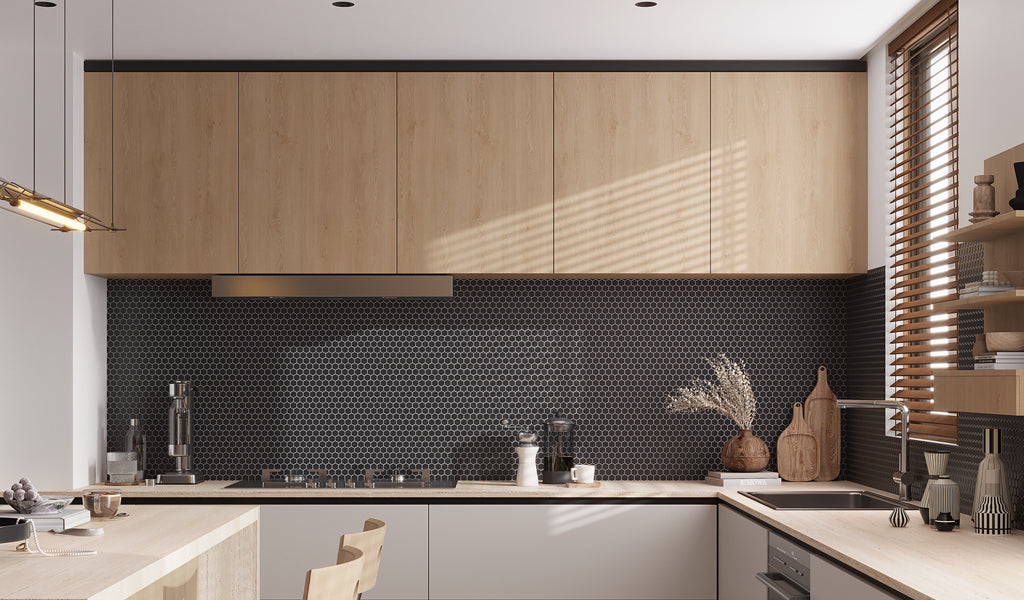The Art of Subway Tile Patterns & Layout: A Guide to Style and Design
Dec 09, 2024The Art of Subway Tile Patterns & Layout: A Guide to Style and Design
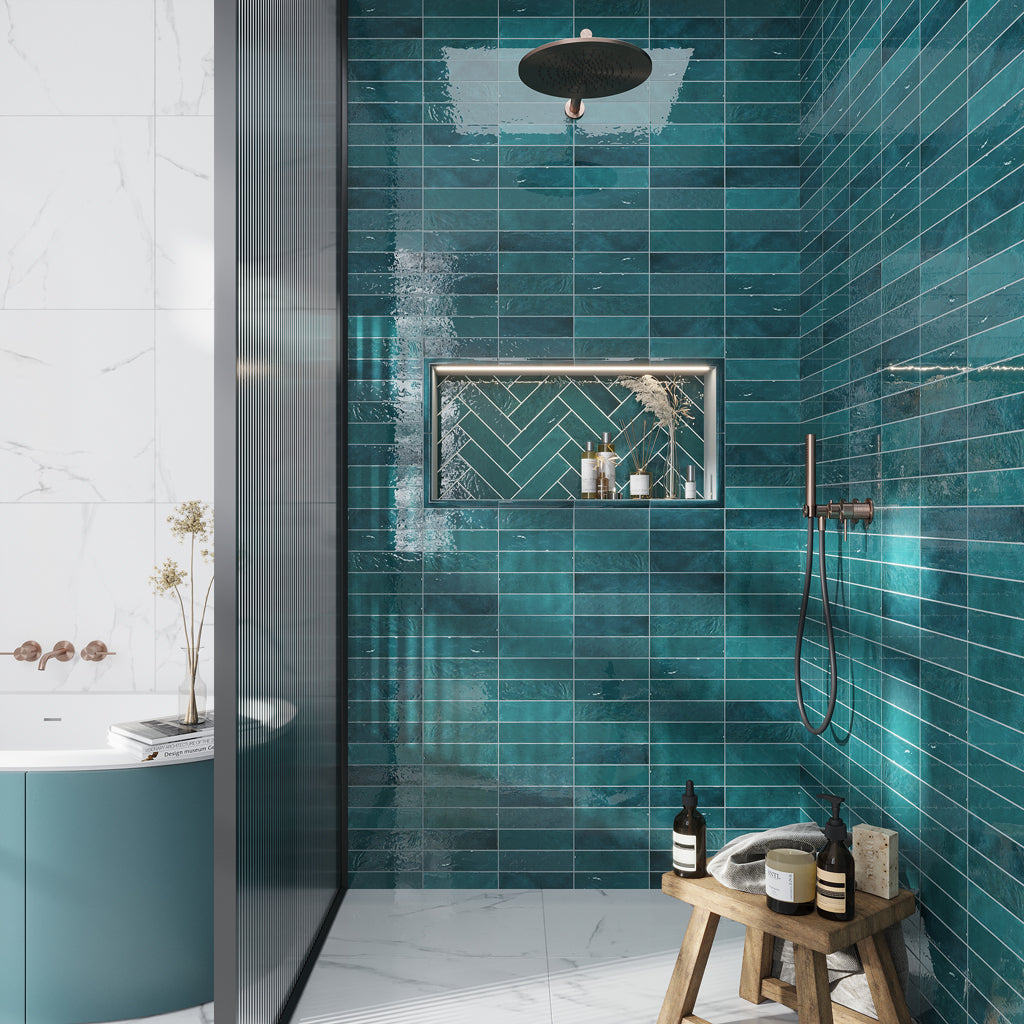
Subway tile patterns are considered a classic in the interior design world. They have been around for decades, and remain a constant go-to as they give a stylish feel. Subway tile is versatile, comes in various materials and colors, and can be arranged in interesting patterns, which makes it a creative choice for diverse design styles. Its ability to blend well in any home comes from its clean lines and simplistic look, which makes it an iconic choice.
In this guide, we will explore how you can transform your space using subway tile patterns and layouts. We also share creative applications that will make your home, your warm haven.
Popular Subway Tile Patterns

The main trick to significantly create an amazing ambiance lies in the distinctive use of subway tile layout. Choosing the right subway tile pattern is the key to achieving your desired home aesthetic! These are some common ways to place subway tiles:
1. Running Bond Pattern/Brick Pattern
Just like its name suggests, it features a subway tile layout in a staggering brick pattern. Also referred to as a running bond, this subway tile pattern is considered a traditional design offering a classic and symmetrical feel to a home. It’s a popular choice for a backsplash tile design and provides a balanced background without overwhelming the room, which makes it perfect for transitional bathrooms or kitchens.
2. Herringbone Pattern
The herringbone pattern will make your home ooze elegance and sophistication. The tiles are laid to create a zigzag effect which instantly captures the eye, making it an exceptional focal point for your backsplash or feature wall. Check out our herringbone tile collection for even more stunning options!
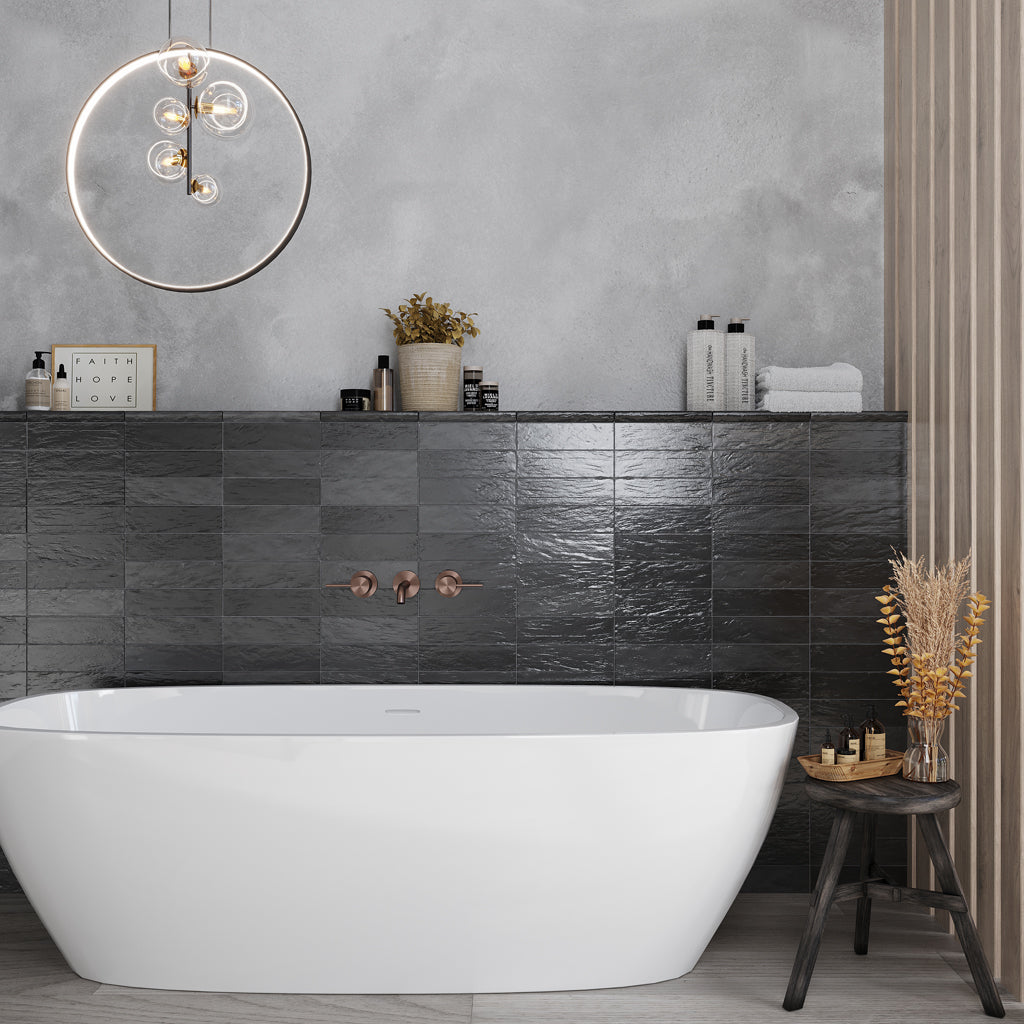
3. Vertical Stack Bond Pattern
With this subway tile pattern, tiles are arranged in a vertical orientation. This placement gives an impression of taller walls and a high ceiling. Vertical subway tile layout is perfect for a statement wall In the living room or if you want to elevate your shower space.
4. Horizontal Stack Bond Pattern
Here, subway tiles are straight stacked one on top of the other in a horizontal orientation, resulting in a neat, modern appearance that goes well with minimalistic design. The horizontal stack pattern layout provides an orderly look that expands the walls of a narrow room.
5. Double Basketweave Pattern
The double basketweave subway tile pattern interlocks to look like the texture of a woven basket. This is an amazing way to add a statement while maintaining a coherent look.
6. Stepladder Pattern
This vertical subway tile layout gives the stair-step effect that lends a classic look to the room. Stepladder pattern can work with different décor styles, depending on the tile color and finish. It is ideal if you want to use subway tile patterns to give your bathroom walls or kitchen backsplash an intriguing sense of movement.
Subway Tile Color and Finishes
Along with classic white subway tiles, current trends are shifting toward more interesting color options to cater to different style preferences. Let’s explore the hues and finishes of subway tile patterns.

1. Neutral Tones
Neutral colors like gray, brown, and beige tile provide a calm yet sophisticated aesthetic, which blends seamlessly with different design elements, making them ideal for classic and contemporary homes. Subway tile patterns in a restrained colorway can also be used to ground an already vibrant space.
2. Bold Colors
Bold colors are designed to bring instant attention to an area of the room, as they add unique character and depth. They are best suited for maximalists who crave a dramatic effect. These vibrant options include teal, red, pink, orange, and green tile. Subway tile patterns in punchy colors are great in small installations like the backsplash, provided they blend well with the countertops, cabinets, and overall feel of the room.
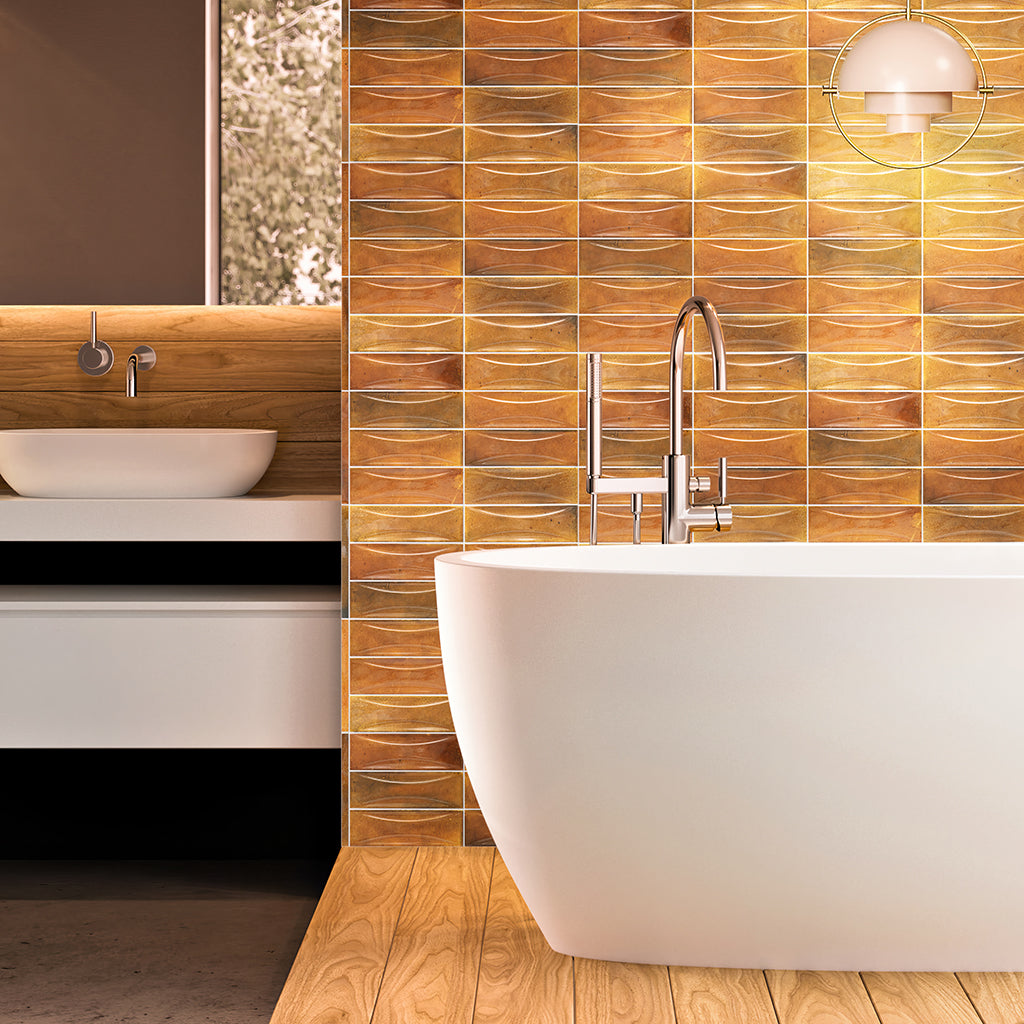
3. Glossy Tile Finish
Glossy tile features a shiny appearance. They reflect natural light, making the room feel brighter and spacious. Because of this, they are ideal for dim rooms which you may feel need more lighting. They are also easy to clean, making for the perfect kitchen or shower wall tile.
4. Matte Tile Finish
Matte tile finish has a rough, non-reflective surface that offers a subtle, natural look. This finish is less prone to showing smudges, making it ideal for the kitchen backsplash in busy households. You can have them installed on bathroom floors as they provide better traction and will reduce slips and falls during bath time.
5. Textured Tile Finish
Textured finish subway tiles include natural materials such as stone and wood, and those that feature an embossed pattern. They create a dynamic and engaging surface and work best for rustic, farmhouse, and industrial decor styles. Textured subway tile patterns, like our Pearl White 3-in W x 12-in L Glass Textured and Glossy Rectangular Subway Wall Tile, inspire a sense of touch wherever installed.
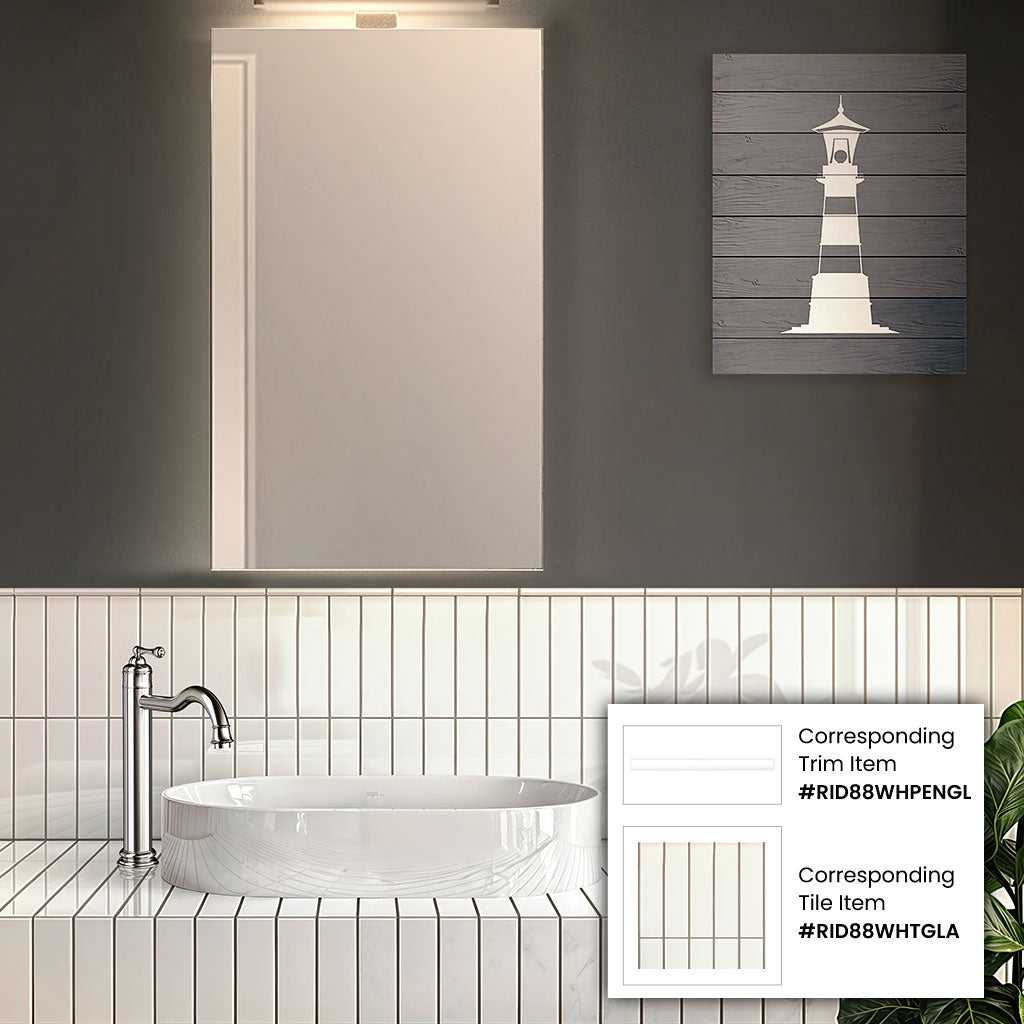
Ceramic, glass, and marble subway tiles come with matching trim pieces so you can complete the look of your installation. Tile trims come in various shapes and are often crafted to blend well with the material, color and finish of the main tile. Adding a trim elevates the visual appeal of your design and improves durability. At Apollo Tile we have different options to choose from, including chair rail, bullnose, baseboard, and pencil tile trim.
Some benefits of finishing your installation with a tile trim are;
- Creates seamless design continuity from one tile style to another.
- Protects the tile edges from cracking, chipping, and wear damage.
- Ensures a polished finish by covering exposed edges where tile meets the wall.
- Adds a professional, modest look to any installation done.
Creative Uses of Subway Tiles
Accent Wall Design
The use of a subway tile pattern to create an accent wall can add depth and texture to the room. You can use a unique subway tile backsplash pattern or a wall feature to create a focal point. Choose a neutral tone for elegance or use a bold color to make the wall stand out.
Fireplace Surround Design
Using fireplace tile in a subway pattern to frame the surround is an easy way to upgrade your space. It offers durability and style all in one. Consider our White 4 in. x 4 in. Polished and Honed Ceramic Subway Tile to introduce that handmade feel to your living space.
Kitchen Backsplash Design
This is the most popular application for subway tiles. Tiles protect the wall from spills and splashes while adding an interesting visual impact. Colorful subway tile backsplash patterns create a lively focal while white tile design is a timeless choice. To inject an elegant touch, you can go for a subway tile pattern in a mirror finish, like our gorgeous Apollo Tile Antique Mirror Glossy and Beveled Glass Subway Tile.
Bathroom Wall Design
Subway tiles are also the perfect choice for bathroom walls as they offer a clean, water-resistant surface. Bold tiles make a vibrant splash that enliven a quiet scheme, while classic neutrals are perfect for a spa-like ambience.
Shower Walls, Floors, and Niches
For shower walls, floors and niches, subway tile patterns are a practical and beautiful choice! They offer a cohesive and clean appeal.
Conclusion
Subway tiles are a versatile design for a reason. Their classic, vast array of creative applications, colors, sizes, and finishes make them a stylish choice for any home and decor style. Whether you’re creating a timeless white backsplash or bold accent wall, with subway tile pattern, there are endless possibilities to express your personality, coupled with durability and longevity. Want to bring this enduring style to your bath space? Check out our blog on 35 Unique Subway Shower Tile Ideas That Will Make Your Bathroom Stand Out!
Frequently Asked Questions:
1. What is the standard size for subway tiles?
The standard size for subway tiles is 3” X 6”. However, there are different variations such as 2” X 4”,2.5” X 8”, 3” X 12”, 4” X 12”, 4” X 16”, for the modern designs.
2. How do I choose the right grout color for my subway tiles?
Because grout color affects the final look, there are two factors to look at. Matching grout works well if you want a seamless look which is perfect for minimalist and modern designs. Contrasting grout color works best if you want a graphic effect in your home, as it highlights the tile pattern even more.
3. How do you arrange subway tiles in different patterns?
There are different subway tile layouts to consider. However, the most popular is the herringbone pattern which gives a zigzag effect. Stack bond (Vertical and horizontal) is installed so as to give a modern feel. The classic choice being the brick subway tile pattern, provides a staggered design.
4. Why should you use a 1/3 offset tile pattern?
A subway tile pattern 1/3 offset reduces height difference between tiles, making it a practical choice. It helps maintain the visual rhythm of the brick lay pattern, giving it a contemporary look. 1/3 offset tile pattern is preferred over 1/2 offset because of practical reasons like lippage and structural issues.
5. What is the best spacing for subway tile installation?
The best spacing for subway tile installation is 1/16 inch, as it has the narrowest width which creates a clean, minimalistic aesthetic that allows the pattern to become the focal point.
6. How do you cut subway tile without chipping it?
Use a wet saw with a diamond blade to cut the tile without chipping it. Always ensure to cut the tile with the front facing up as this ensures the smoothest finished edge.
7. Is it better to stack or stagger subway tiles?
This depends on your desired style. Staggering subway tile works for a traditional look while stacking works best if you are after a modern look with clean, straight lines.
8. What is the best offset for subway tile?
While the preferred option has been 1/2 offset for years, the 1/3 offset is increasingly becoming popular as it offers a contemporary look and reduces lippage.


